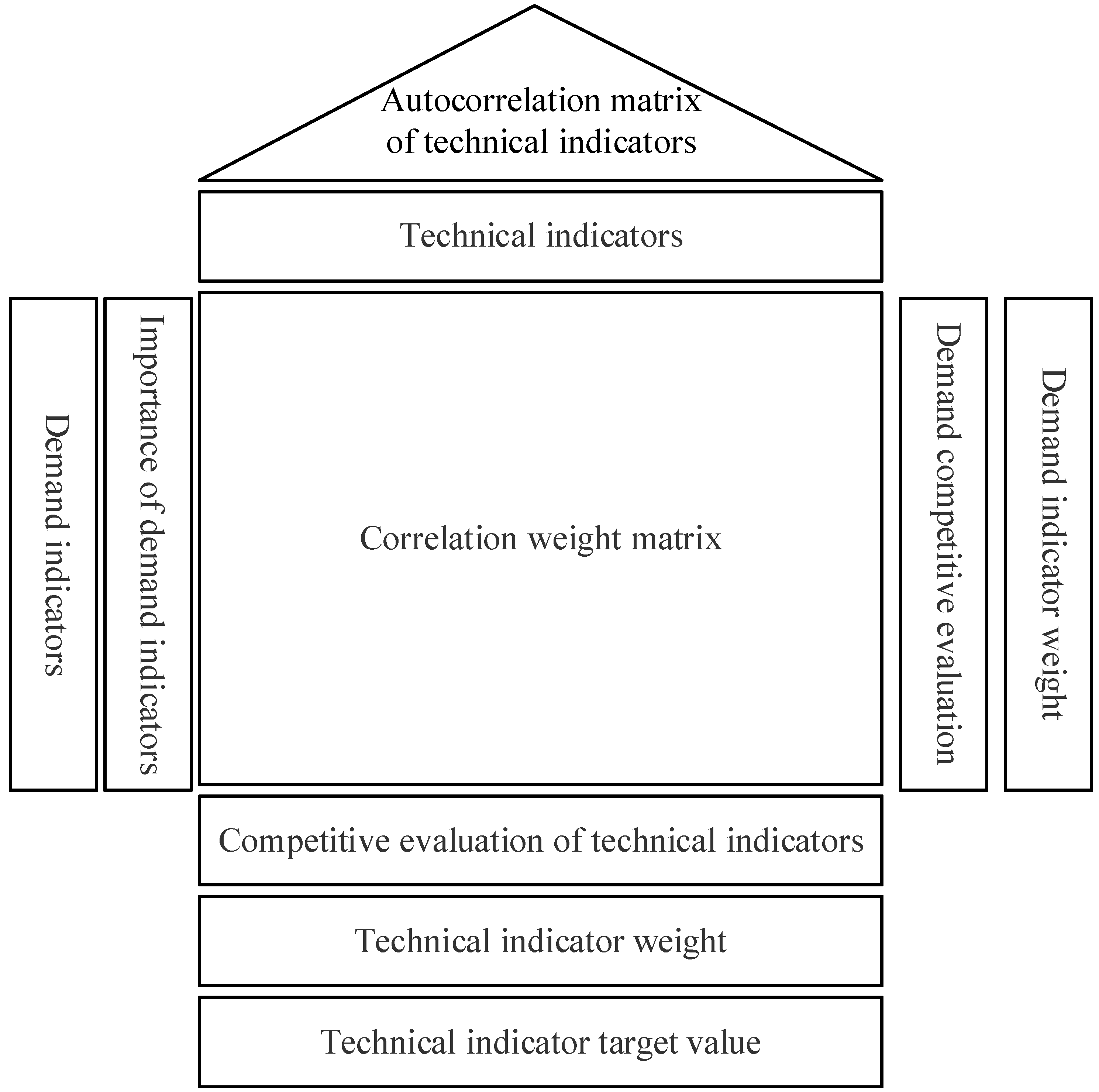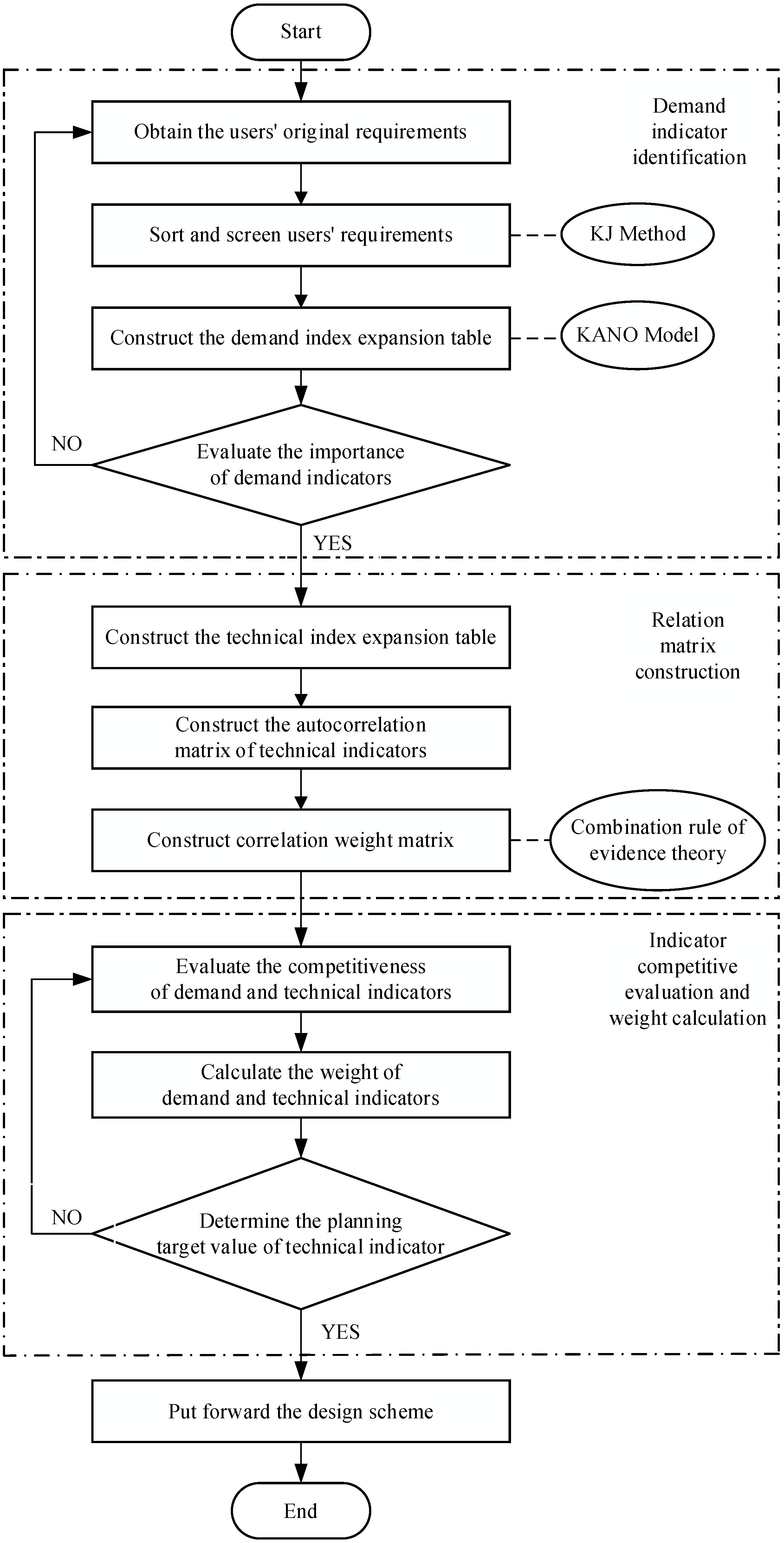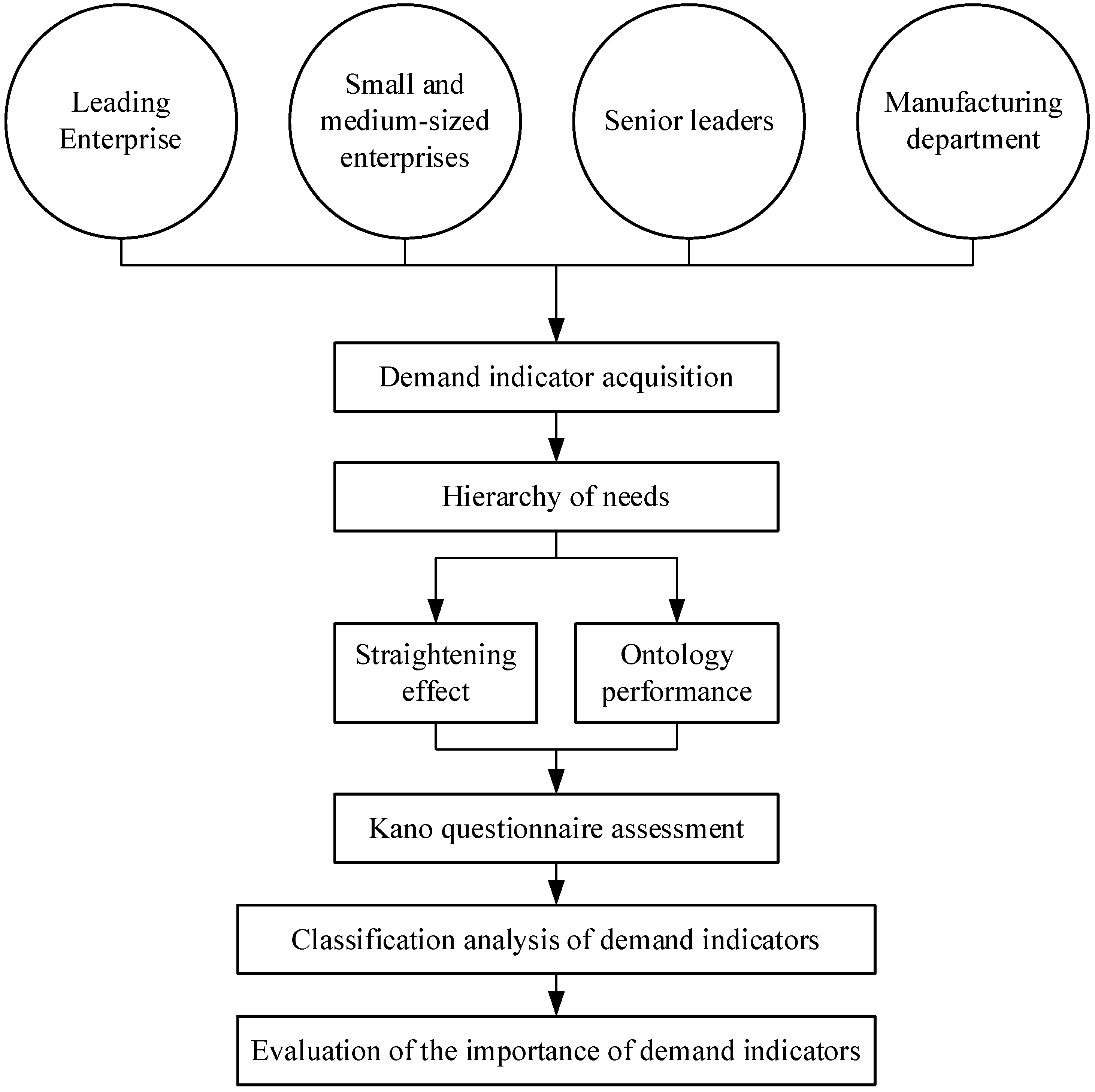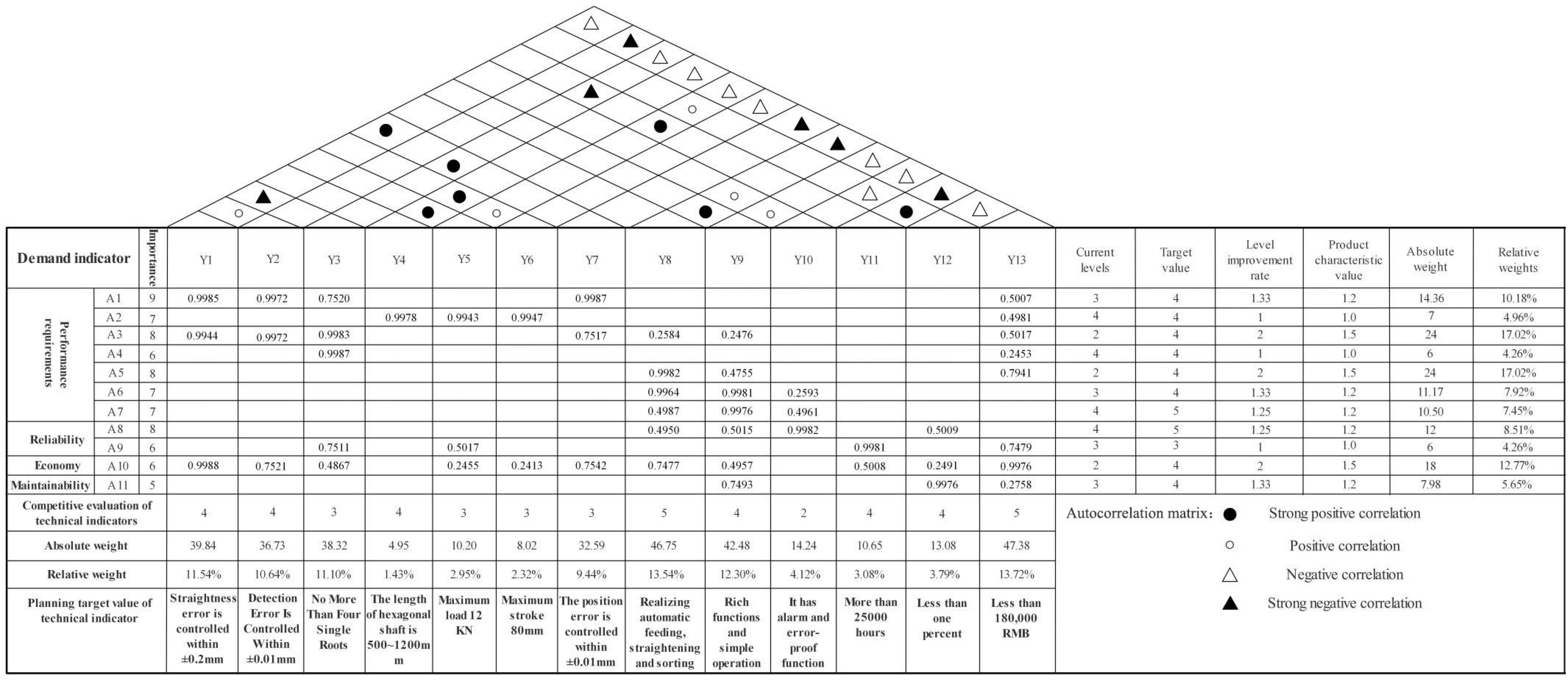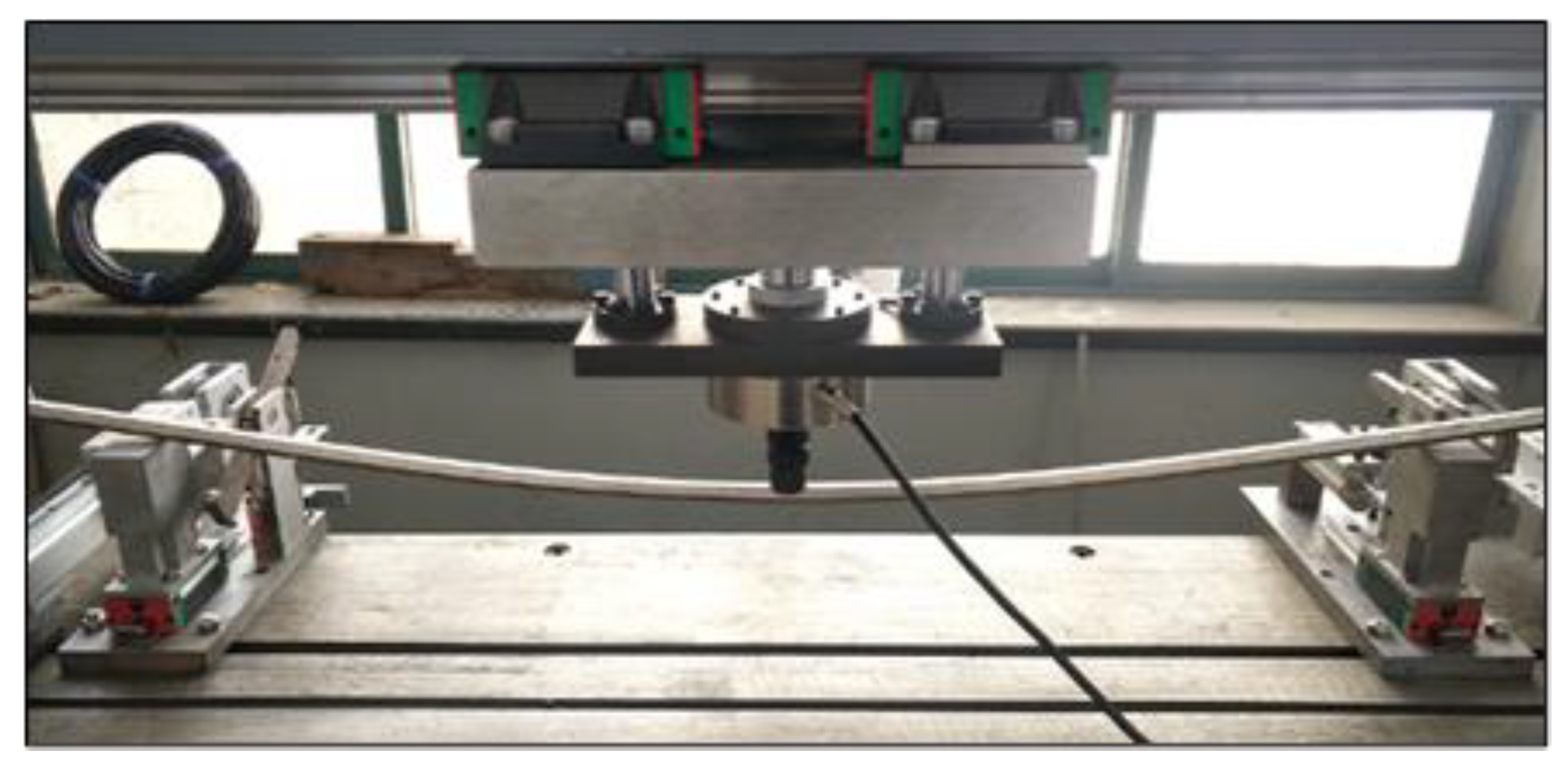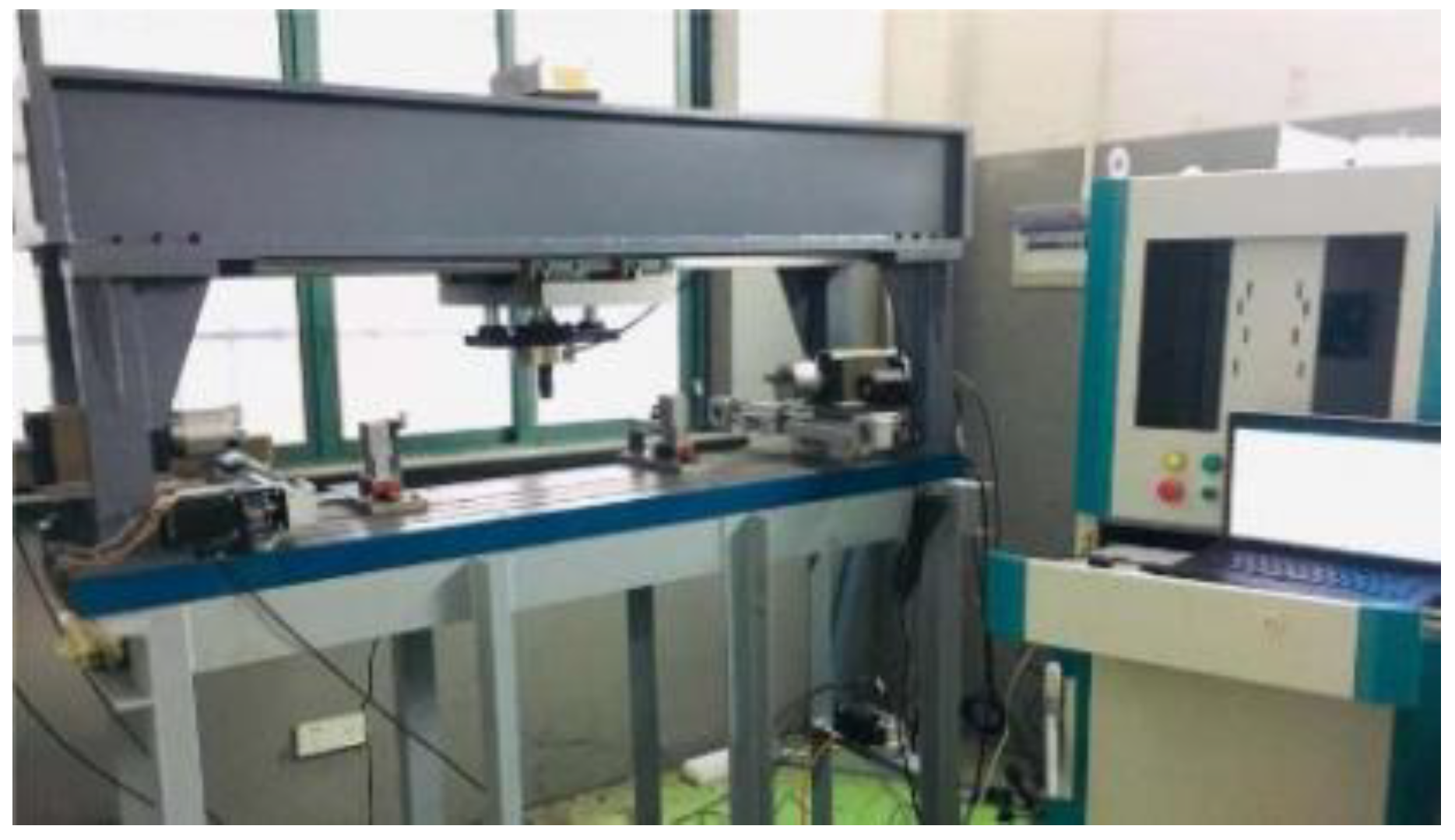1. Introduction
With the increasing market competition and the changing needs of users, the design of products is facing new challenges, and enterprises pay increasing attention to meeting the diversified and personalized needs of users. However, the design of the current product planning scheme lacks the overall coordination and overall planning for the real needs of users and cannot fully reflect the needs preferences of users [
1,
2] in the decision-making process. Quality function deployment (QFD) is a systematic and structured product planning method that takes the user’s needs as the breakthrough point and adopts a certain standardized way to transform the user’s needs into design elements in different stages of product design [
3]. At present, QFD is widely used in manufacturing, service, construction machinery, strategic planning, higher education, and other fields and has achieved remarkable benefits.
However, domestic and foreign scholars have found that in the process of using the QFD method alone, product evaluation was greatly affected by subjective factors, and the weight could not accurately reflect the real needs of users. Therefore, scholars combined QFD with other models to compensate for the lack of unilateral use of the method. Haber et al. [
4] used Kano model to expand the quality function configuration method of product service system, and transformed the relevant demand indicators into the receiver state parameters in the product service system to better define the product characteristics and service characteristics, and then combined with fuzzy analytic hierarchy process to evaluate the state parameters and their importance. Efe et al. [
5] used the quality function deployment method based on intuitionistic fuzzy number to evaluate the correlation degree among customer requirements, design requirements and between customer requirements and design requirements, and applied the method to the failure mode analysis process related to occupational accidents in shipbuilding industry, calculated the weight of occurrence, severity and detection between occupational accidents and failure modes. Combined with VIKOR (VIsekriterijumska optimizacija i KOm-promisno Resenje) method, the risk assessment of occupational accidents in shipbuilding industry is carried out by the method of risk assessment. Fatma et al. [
6] applied the spherical fuzzy sets theory to production design and proposed a spherical fuzzy QFD (SF-QFD) algorithm under impreciness and fuzzy conditions, and studied the importance of customer requirements (CR), weight calculation and improvement of design demand (DR). The judgment opinions of multi-customers/experts are fused by spherical fuzzy aggregation operator, and applied SF-TOPSIS method to evaluate the customer demand and design demand competitively. Finally, SF-QFD method is applied to the technical design evaluation of linear triangular robot. Haber et al. [
4] proposed that the quality function deployment for product service systems (QFD for PSSs) method was augmented by means of the Kano model to filter the needs of customers and transform the attractive needs into receiver state parameters (RSPs), as the cornerstone of QFD for PSS. Then, to properly assess these parameters and their inherent uncertainty, the fuzzy analytical hierarchy process (FAHP) method was also integrated into the procedure. Efe et al. [
5] used QFD based on intuitionistic fuzzy numbers to handle the correlation among design requirements (DRs), correlation among customer requirements (CRs), relationship between CRs and DRs for each criterion occurrence, severity, and detection. Intuitionistic fuzzy numbers ensure an advantage to present more accurate and easier judgments of experts. Fatma et al. [
6] proposed spherical fuzzy QFD (SF-QFD) under imprecision and vagueness involving linguistic evaluations rather than exact numerical values. The importance ratings and global weights of customer requirements (CRs) and improvement directions of design requirements (DRs) are successfully represented by using spherical fuzzy sets. Dionicio et al. [
7] proposed an integrated model of fuzzy Kano, analytic hierarchy process (AHP), decision-making trial, and evaluation laboratory (Dematel) and QFD, which transformed customer requirements into product characteristics and systematically determined the priority by considering the interdependence and fuzziness between design schemes to realize intelligent product design. Mahmoud et al. [
8] used the triangular fuzzy number (TFN) in the integrated model of QFD and the fuzzy analytic network process (FANP) to express the importance of user requirements and engineering features and solved fuzzy decision-making problems in different fields such as product development and ergonomic design. Although the above methods can avoid the influence of the subjective ratings of experts in the decision-making process to a certain extent, there are also inconsistencies in the quantitative scales of importance and relevance ratings, and the correlation matrix cannot directly reflect the evaluation results of opinions of experts among different technical indicators. It is difficult for the above methods to make use of the competition and complementarity of the knowledge or experience of different experts, which leads to the lack of reinforcement of common factors, which makes it difficult for the synthetic results to reflect the objective reality and may even produce errors. How to synthesize the knowledge of multiple experts is worthy of further study.
The evidence theory of intelligent technology provides a scientific tool for the synthesis of multi expert knowledge, mapping multiple values to obtain the upper and lower bounds of probability, and according to the accumulation of evidence, evidence theory continuously narrows the hypothesis set to gradually approach the true value to obtain scientific decision-making results. Evidence theory is an uncertain reasoning and decision-making theory based on an identification framework. In the process of dealing with cognitive uncertainty, evidence theory can reasonably describe and deal with various pieces of incomplete information, unreliable information and even conflicting information [
9]. Cui Qiang et al. [
10] used the entropy weight method and AHP to calculate indicator weight, applied evidence theory to fuse the indicator state membership degree into a cloud model, and constructed a hierarchical evaluation model of the transformer state. Zhang Lizhi et al. [
11] combined a deep convolution neural network (CNN) with evidence theory, calculated the basic weight distribution and decision fusion for the output results of the model, and improved the accuracy of gearbox composite fault diagnosis. Roy and Datta [
12] constructed a seawater intrusion prediction model through a weighted average set and calculated the algorithm weight of the model by using evidence theory. When dealing with conflicting evidence, Cheng et al. [
13] used the conflict coefficient of consistency evaluation to determine the weight of evidence and combined the conflict coefficient of consistency evaluation with neighborhood quantum particle swarm optimization (NQPSO) to build an intelligent fault diagnosis model to improve the accuracy of fault identification of wind turbine gearboxes. The use of evidence theory to integrate expert opinions and describe the uncertainty factors in the analysis process can effectively improve the accuracy of expert opinion assessment in the degree of correlation and reduce the components of conflict. Sarabi-Jamab et al. [
14] proposed a modification to a set of the most discriminative dissimilarity measures (smDDM) as the minimum set of dissimilarity with the maximal power of discrimination in evidence theory to handle all types of uncertainty in fuzzy evidence theory. The generalized smDDM (FsmDDM) together with the one previously introduced as fuzzy measures make up a set of measures that is comprehensive enough to collectively address all aspects of information conveyed by the fuzzy bodies of evidence. Behrouz et al. [
15] describe the analysis of uncertainty by means of both probability and evidence theories. Monte Carlo simulation is used along with the two theories to propagate the uncertainty. Sarabi-Jamab et al. [
14] put forward a modification to a set of the most discriminative dissimilarity measures (smDDM), combined with the generalized smDDM (FsmDDM), a set of comprehensive measurement dimensions is constructed. The method can deal with all three types of uncertainty: fuzziness, non-specificity, and conflict, and in practical application, the effectiveness of the proposed method is proved by quantifying the differences between fuzzy bodies of evidence. Behrouz et al. [
15] proposed the principles of parametric uncertainty analysis by Monte Carlo simulation method based on the probability and evidence theories and described the difference between the epistemic and aleatory uncertainties. The advantages of evidence theory in dealing with epistemic uncertainties are proved by some flood-control-related problems.
Based on QFD and evidence theory, this paper designs the function of a hexagonal shaft straightening machine. First, from the perspective of user demand, through the market research of hexagonal shaft enterprises, to combine with the Kano model [
16,
17] to determine the demand indicator and its importance; second, use expert opinions to quantify the degree of correlation between demand indicators and technical indicators, and use evidence theory to integrate the consistency evaluation of expert opinions to build a correlation weight matrix. Then, in combination with market development and demand changes, perform a competitive evaluation of the indicators, calculation of weight, and planning target value. Finally, the house of quality for the overall planning of a hexagonal shaft straightening machine function is constructed, and the design scheme is put forward and verified by experiments according to the analysis results of the house of quality.
4. Trial Results and Discussion
4.1. Design Implementation
To meet the demand indicator in the design process, it is necessary to design the control system of the straightening machine and propose the design scheme of the hexagonal shaft straightening machine based on the results of indicator competitive evaluation and analysis.
- (1)
Detection accuracy
Good detection accuracy is the premise to ensure that the straightening results reach the standard. When detecting the straightness of the hexagonal shaft, the displacement sensors related to the detection function are analyzed and compared, the capacitive transducer controlled by hubs is selected for detection test analysis, and the influence of sampling points and motor speed on the error of the detection results is studied to ensure the detection accuracy and stability.
- (2)
Pressing accuracy
The loading capacity, pressing stroke and safety, reliability and life cycle of the loading elements of the loading system should be fully considered. After analyzing the integrated loading element, the electric cylinder is selected to build the loading system, the hexagonal shaft press-down straightening test is designed, and mathematical models of the press-down amount, rebound amount and initial deflection are established.
- (3)
Automation, man-machine interaction
Through the cooperative action of controller PLC, air cylinder and motor, the process of automatic feeding, inspection, straightening, blanking and sorting, and transportation between stations of hexagonal shaft can be realized. The control system is built by using industrial computers, PLCs and industrial displays, and data processing, storage and instruction issuance are realized through interprocess communication. At the same time, a reasonable parameter-setting interface, a straightening state-monitoring interface and a user operation interface are designed to display the deflection value, fitting curve, and overall axis distribution of each measuring point in the detection stage.
The abovementioned design scheme aims only at technical indicators with high relative weights. The system design also includes the selection of components such as electric cylinders and pressure sensors, the calculation of related parameters and the design of control systems, which will not be further analyzed in this paper. However, for technical indicators with low relative weights such as “safety,” it is still necessary to fully consider monitoring every station and every link and design necessary protection measures. The workbench of the hexagonal shaft straightening machine is built as shown in
Figure 5 and
Figure 6.
4.2. Discussion of the Results
Designing the test scheme for straightness detection. Ten hexagonal shafts with a length of 500 mm are obtained from the production site, and number them from 1 to 10, each hexagonal shaft was tested ten times, and the straightness error of each hexagonal shaft was calculated on average. Second, using the CMM (Coordinate measuring machine) to measure the straightness error of No.1~No.10 shafts for ten times and then take the average values, and take it as the reference standard. Calculating the deviation of two measurements, the final results are shown in
Table 11. We can see from the data in the table, the deviation values are generally distributed within ±0.01 mm, and the average deviation of ten axes is −0.01 mm < −0.00014 mm < 0.01 mm, which meets the requirement of “detection accuracy” in the overall planning.
Designing test scheme for hexagonal axis alignment. Getting ten hexagonal axes of known straightness, length is 1200 mm. First, the straightness test was carried out on ten hexagonal axes. Each axis was repeated ten times to take the average value and record the results. Second, the use of the existing straightening machine equipment to an alignment of each axis, the alignment of each axis straightness tests averaged ten repetitions, determine whether each axis straightness meet “straightening effect” in the general plans for the target demand and so on, until the six-party axis straightness satisfies the requirement of overall planning target. At the same time, the actual straightening times of each axis were recorded. The relevant test results are shown in
Table 12. From the table, we can see the straightness detection value of the first measurement and the final straightness value after straightening. As
Table 12 shows, the actual straightening times basically reached the technical characteristic planning goal of “no more than four times per root,” the average number of calibrations is about four, and the actual straightening time averaged two minutes in the test, meeting the demand indicator of “fast straightening speed.” In the straightening test, the actual straightening times are larger than the theoretical straightening times, which indicates that the straightening machine system has a certain error influence. In terms of straightening effect, the straightness error of ten hexagonal shafts after straightening is less than 0.2 mm, the average straightness error after straightening is 0.122 mm less than 0.2 mm, which meets the demand indicator of a “straightening result up to standard.”
In the test process, it can be automatically detected and straightened hexagonal shaft straightness. The operator can monitor the data processing, the deflection offset value at each sampling point, the overall shaft curve, and the shaft center distribution in real time via the industrial display during the inspection and straightening process. When necessary, parameters can be adjusted through the parameter setting interface. In summary, they meet the needs of automation and human-machine interaction. Other technical indicators that actually meet the requirements are shown in the
Table 13.
5. Conclusions
To address the shortcomings of the current product planning and design, such as product evaluation being influenced by subjective factors, weights not accurately reflecting the real needs of users and not intuitively representing the results of expert opinions between different indicators, this paper proposes a general planning scheme for hexagonal shaft straightening machines based on QFD and evidence theory, ensuring the scientific rationality of the product planning scheme design and further improving the user experience in the use of hexagonal shaft straightening equipment.
The combination of QFD and Kano models to obtain requirement indicators ensures the accuracy and validity of user requirement acquisition and importance evaluation, improves product design efficiency and lays the foundation for subsequent transformation into product technical characteristics. Moreover, when studying the correlation between demand indicators and technical indicators, the degree of correlation is quantified through expert opinion, and the consistency evaluation criteria of conflict coefficient is introduced, and expert opinion is fused using evidence theory to improve the accuracy of expert opinion assessment. The relevant experimental results show that the straightness of the hexagonal axis after straightening is less than or equal to 0.2 mm, which meets the requirement of “straightening result meets the standard”; the actual number of straightening is basically in line with the planning target of “no more than 4 times for a single root,” which meets the requirement of “fast straightening.” During the test, the straightening machine can automatically detect and straighten the hexagonal shaft. The operator can monitor the data calculation, deflection offset of each measurement point, the amount of straightening pressure, the amount of rebound and other parameters in the process of detection and straightening through the industrial display in real time, and modify the parameter settings when necessary. The rest of the technical indicators generally meet the requirements of the planning target values.
This paper does not analyze all the requirements and technical indicators one by one. For the indicators with lower competitive scores and smaller relative weights, further research can be carried out to improve the improvement scheme and enhance market competitiveness; when integrating expert opinions, the synthesis method for handling high conflict evidence can be optimized and improved; and the fact that the actual number of straightening times is greater than the theoretical number of straightening times indicates that there is a certain amount of error in the current straightening machine system, and a suitable error compensation model can be established to eliminate or reduce the impact of the relevant errors, which is also one of the directions of subsequent work.
